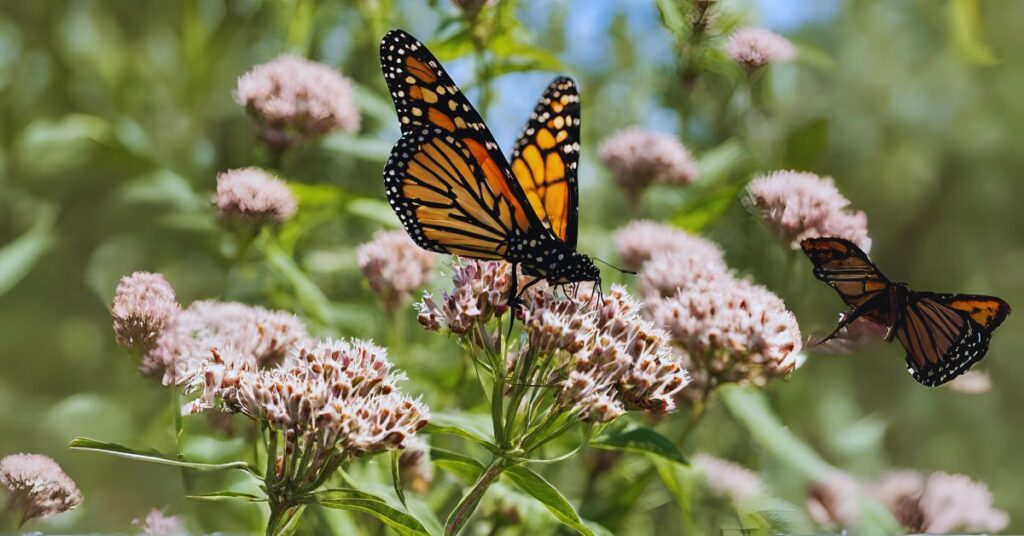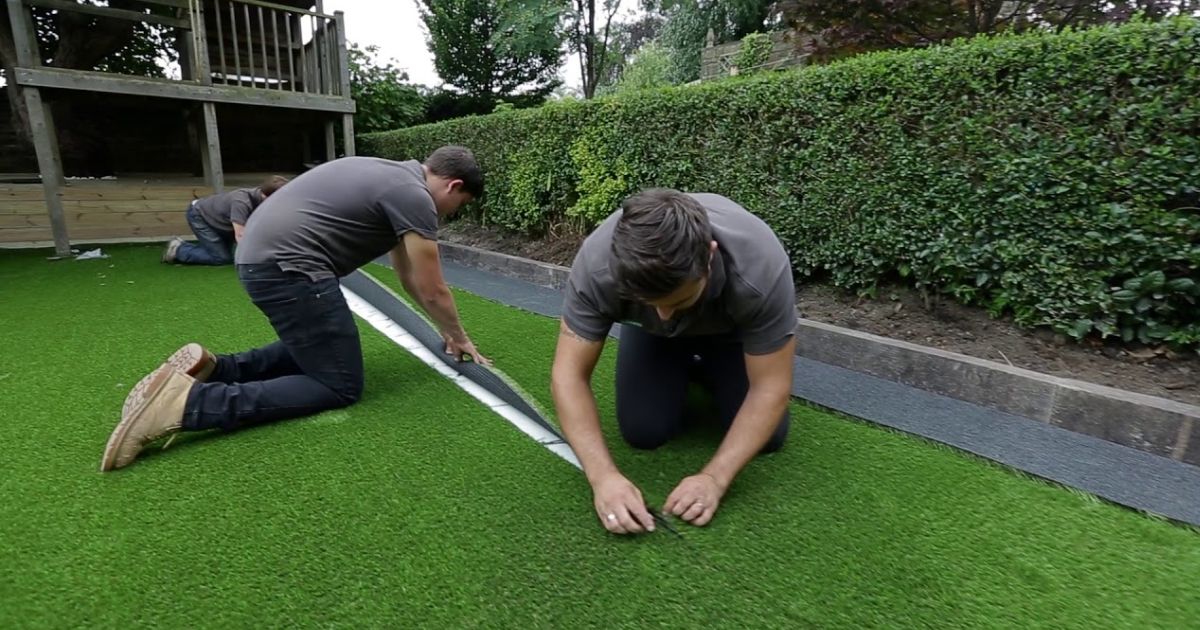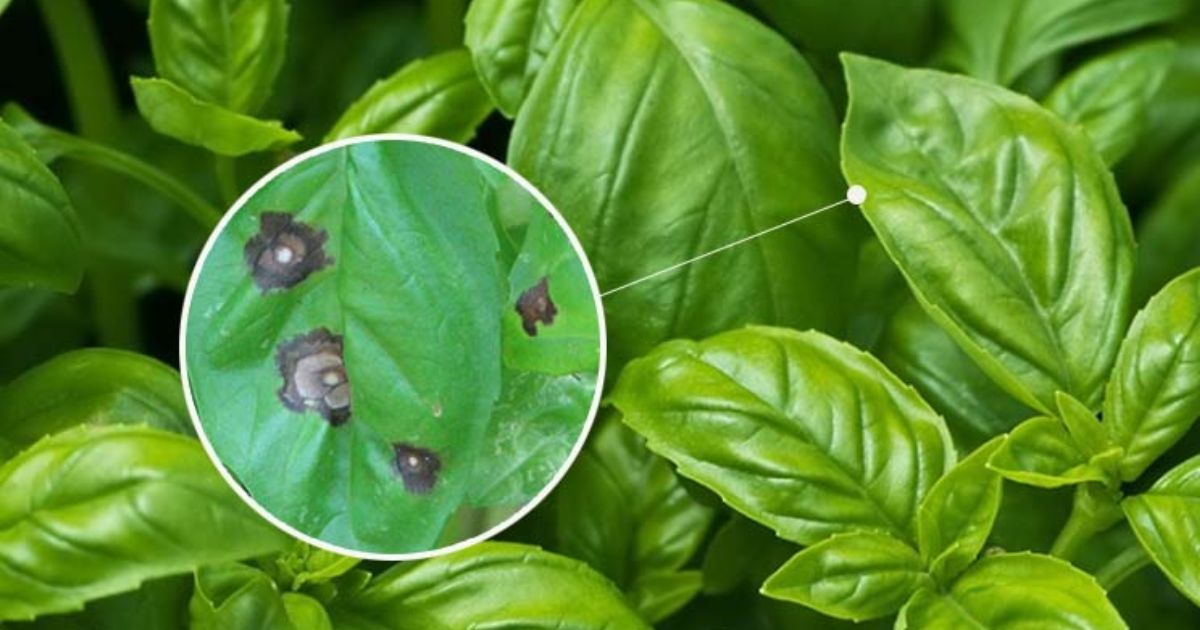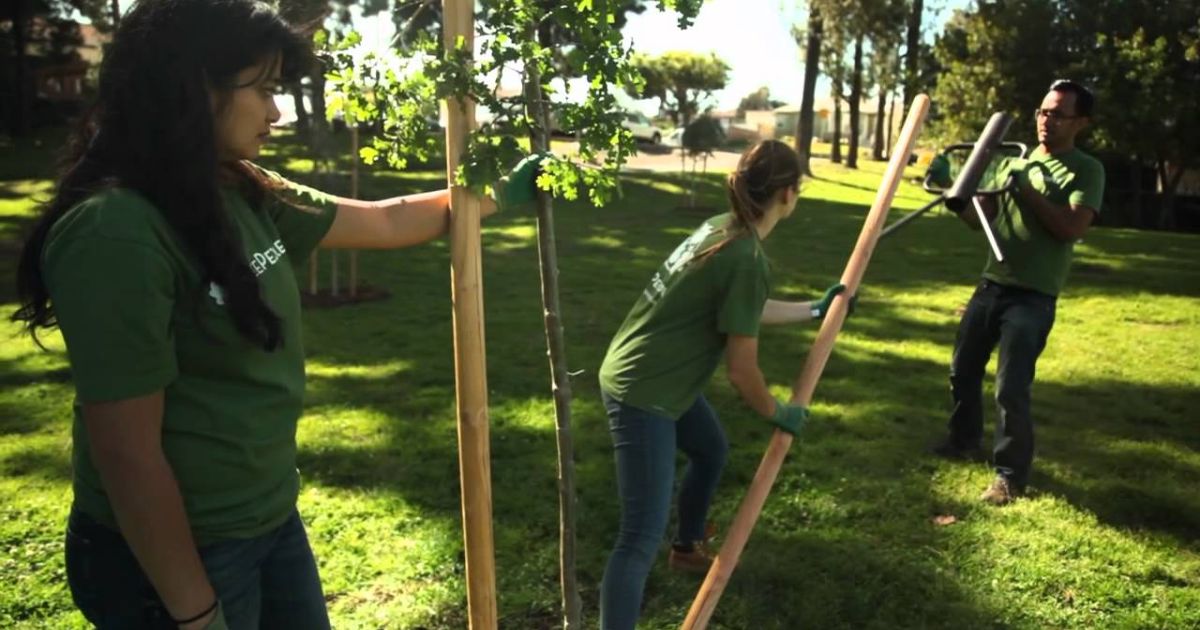Planting Milkweed for the monarchs is one of nature’s most beautiful creatures, but their numbers are dropping fast. One of the best ways to help them is by planting Milkweed. This article will show you how milkweed plants support monarchs, why they’re essential, and how to start Milkweed growing in your yard.
Why Plant Milkweed?
Milkweed isn’t just any plant; it’s the lifeline for monarch butterflies. Monarch caterpillars only eat milkweed leaves, making it essential for their survival. Sadly, many milkweed plants have disappeared due to farming and development. Without Milkweed, monarchs can’t complete their life cycle.
Here are some key reasons why planting milkweed matters:
- Food for Caterpillars: Monarch caterpillars rely exclusively on milkweed leaves to grow and transform into milkweed plant for butterflies.
- Nectar for Butterflies: Milkweed flowers provide nectar, an essential food source for adult butterflies and other pollinators.
- Supporting Biodiversity: Planting Milkweed creates a mini-ecosystem that benefits bees, birds, and other wildlife.
Why is Milkweed Important for Monarchs?

Caterpillar monarchs are finicky eaters. Milkweed is the only food they can consume. The caterpillar relies on Milkweed as a food source and cannot exist without it, hence the term “host plant.”
Sadly, the milkweed plants that were once common throughout America have been driven out by agriculture and house development, which has resulted in a significant drop in the number of milkweed plant for butterflies. The population of monarchs has decreased by more than 90% in recent years!
Types of Milkweed Plant Flowers
Did you know there are over 100 types of Milkweed? Some are better for monarchs than others. Here are three common varieties you can plant:
- Common Milkweed (Asclepias syriaca): This is the most familiar type and is loved by monarchs. It’s hardy and easy to grow Milkweed.
- Swamp Milkweed (Asclepias incarnata): Perfect for wetter areas, this variety has pink flowers and thrives in moist soil.
- Butterfly Weed (Asclepias tuberosa): This type is known for its bright orange blooms. It is drought-tolerant and great for sunny spots.
Check your local nursery or garden center for milkweed varieties suited to your region. You can also search online for “where to buy milkweed plants.”
How do you Plant Milkweed?
Milkweed growing is simple and fun. Here’s a step-by-step guide:
- Choose a Location: Pick a sunny spot. Milkweed loves sunlight and grows best in areas with at least 6 hours of daily sun.
- Prepare the Soil: Milkweed prefers well-drained soil. Loosen the soil and drag weeds before planting.
- Plant the Seeds or Plants: If you’re using seeds, scatter them on the soil texture and lightly press them down. For plants, dig a hole deep enough for the roots and cover them with soil.
- Water Regularly: Water the seeds or plants gently, keeping the soil moist until the plants are established.
- Watch Them Grow: As the Milkweed grows, it will attract monarchs, bees, and other pollinators.
Caring for Milkweed Plants
Once your Milkweed is growing, it doesn’t need much attention. Here are a few tips:
- Watering: Established plants only need occasional watering, especially during dry spells.
- Pruning: Trim dead or damaged stems to keep the plant healthy.
- Pest Control: Look out for aphids, which can harm Milkweed. Gently spray them off with water or introduce ladybugs to your garden.
- Seed Collection: Milkweed produces fluffy seeds. Collect and share them with friends to spread the monarch-friendly message.
Fun Facts About Milkweed
- Milk weed gets its name from the milky sap inside its stems.
- Monarch butterflies use Milkweed’s toxins as a defense, making them taste harmful to predators.
- Milkweed plants can live for several years, providing ongoing support for monarchs.
MILKWEED CARE

Like most wildflowers, milk weed is easy to grow and requires little pampering. Heat, drought, deer, or other pests do not seriously bother most species. And because Milkweed is a born plant that tolerates poor soils, fertilization isn’t necessary.
Mulching:
Not all types of Milkweed will benefit from mulching, although it can help keep moisture and suppress weeds. While common milkweed and butterfly weed, which love dry soil, are generally better off without mulch, swamp milkweed will appreciate your attempts to retain water.
Pruning:
As with many flowering perennials, removing withered flowers can result in new buds—prolonging nectar availability for monarchs and other pollinators. Remove the flower cluster just above the first set of leaves.
Pest control:
Aphids, whiteflies, and milkweed bugs are among the plant pests resistant to Milkweed’s harmful effects. While they may consume the leaves and seed pods, they hardly ever inflict serious harm. Waste stems and leaf debris should be removed in the fall to eliminate overwintering sites.
How to control spreading:
Release the seed pods in the fall before they crack open and spill their contents, or tie them shut with string if you don’t want Milkweed to take over your garden. If a plant has rhizomes, remove as much of the rhizome as you can by hand by removing the entire plant, including the roots. It will be simpler to do this when the plants are young, and their roots are not yet well established.
Handling precautions and toxicity:
Be advised that the harmful alkaloids in milkweed sap, which aid in shielding monarchs from predators, can irritate the skin and eyes and are toxic to pets and other animals if consumed. When working with these plants, take the proper safety measures and wear long sleeves, long pants, and gloves. Learn more about Common Cat and Dog Poisonous Plants.
How Does it Help the Life Cycle of a Milkweed Plant?

Monarchs go through four stages: egg, caterpillar, chrysalis, and adult butterfly. Milkweed plays a role in every step:
- Eggs: Female monarchs lay their eggs on milkweed leaves.
- Caterpillars: The tiny caterpillars hatch and feed on the leaves, growing rapidly.
- Chrysalis: After eating enough, the caterpillars form a chrysalis nearby.
- Butterflies: The adult butterflies emerge, ready to start the cycle again.
Without Milkweed, this incredible transformation would not have occurred. That’s why planting Milkweed is crucial for monarch survival.
Starting Milkweed Seeds Inside
It is recommended to start your milkweed seeds indoors for a few months before moving them outside if you have a greenhouse or grow lights. Pour about ¾ of potting soil into the seedling trays (most species prefer light, well-drained soils), distribute 3–4 seeds per cup/then cover the seeds with another ¼ inch of soil. They require warmth and light to germinate and thrive, so the soil is completely saturated with water and put in a sunny window or directly under the grow lights. Using a 16-hour photo phase and maintaining the temperature at 26 or 24°C day and night. Don’t overwet the soil, but keep it damp. The seedlings may die from fungal development if they are very wet.
The seeds will sprout in about ten days. When the seedlings (about 3 inches tall) have four genuine leaves, you can move them into your garden. Select an open space with plenty of sunlight because most milkweed species thrive there. The seedlings should be planted 1-2 feet apart. Watering the seedlings often is recommended, and mulch can be applied to help retain moisture around the plants.
Milkweed Plant Growing for Indoor Use
Because they have a lengthy taproot, plant the seeds indoors in a somewhat deep container below the soil’s surface. Fertilize the plants once a week when they reach the seedling stage. If there are at least two sets of leaves, you can pinch off the top leaves to stimulate branching and new leaves. The plant isn’t ready for the larvae to eat for at least a month. You can put the entire plant—pot and all—into the cage once it is large enough. Cut the plant off about two inches above the ground after the larvae have consumed the leaves. New branches will appear in three to four weeks.
Starting Milkweed Seeds Outside
When planting seeds outdoors, remember that all plants have optimal soil temperatures for germination, making propagation a little more complicated. Planting the seeds as early as possible is best, but make sure you plant after the last frost. Spread the milkweed seeds 1/4 to 1/2 inch apart on the soil surface, then cover with another 1/4 inch of earth. After planting, water often until the seedlings take root. Before planting, several species must be vernalized or cold-treated. For advice on cultivating Milkweed, consult the Milkweed Propagation Guide published by Monarch Watch.
Planting Milkweed Plugs
Plugs can be placed straight into the ground. First, dig a small gap to fit the roots and soil of your potted milkweed plug/plant. Place the plant plug into the hole so the roots are covered, and the stem and leaves are above ground. Sprinkle the remaining soil from the hole around the plant and gently pack it down. Water is used frequently after planting until the plant is established. Pins can be planted in the spring or summer.
Where Should You Plant Milkweed?

One of the most important ways to support monarchs in most of the West is to cultivate native Milkweed. To prevent interfering with monarchs’ normal behavior, we advise against growing Milkweed in places it has not historically been found, such as close to monarch overwintering grounds. Within five miles of monarch overwintering grounds north of Santa Barbara and one mile of overwintering grounds south of Santa Barbara are these “no milkweed” zones along the California coast. High-elevation forests (around 9,000 feet) are also included.
Nectar is essential for sustaining monarchs during their migration, breeding, and overwintering. So, if you live close to overwintering areas, think about planting early spring, late fall, and winter-blooming nectar plants rather than Milkweed. Other variables should be considered when choosing certain site areas for milkweed planting. Once established, each species covered in this document can withstand drought. However, they need plenty of soil moisture and frequently grow along riparian or drainage regions. Additionally, both species thrive in disturbed areas, endure sporadic flooding, and detest competition from other plant species.
Showy Milkweed (A. speciosa) is more tolerant to alkaline soils than narrow-leaf Milkweed (A. fascicularis), even though both can tolerate a range of soil types, from sandy loam to clay-loam. Even tiny milkweed patches can offer crucial supplies for monarchs, so you don’t need a big, dense stand to establish a meaningful habitat. In contrast to big milkweed patches, there is evidence that monarchs prefer to deposit their eggs in small to medium-sized milkweed patches (i.e., less than 8,500 ft2) (Pitman et al. 2018). We advise altering the number and size of milkweed patches when introducing them to the habitat. Milkweeds typically thrive in full sun.
Nevertheless, subsequent studies have also discovered that monarchs favor laying their eggs on shaded, narrow-leaved milkweed plants over unshaded ones (Schultz & Crone et al., unpublished data). Monarchs may benefit from planting some milkweed plants in light shade whenever possible. Milkweed, both showy and narrow-leaved, can withstand some shade.
Where to Buy Milkweed Plants?
Finding Milkweed is easier than you think. Here are some tips:
- Visit local nurseries or garden centers.
- Check out online stores specializing in native plants.
- Look for community seed swaps or butterfly conservation groups.
- Search for “where can I buy milkweed to plant” to explore more options.
Final Thoughts on Planting Milkweed
Planting Milkweed for monarchs is one small action that makes a big difference. It’s easy, rewarding, and helps protect one of nature’s most extraordinary species. Whether you’re a seasoned gardener or a beginner, adding Milkweed to your yard can transform it into a haven for butterflies.
So, why wait? Start your milkweed garden today and help save monarchs for future generations.
FAQs
What Months do Monarchs need Milkweed?
October and November are the ideal months to plant Milkweed. Over the winter, the Milkweed stays underground, and the moisture and chilly temperatures encourage germination.
Milk weed can also be planted in the spring. To replicate the impacts of winter, milkweed seeds sown in the spring must first be placed in soil or damp paper towels and refrigerated.
Can I Scatter Milkweed Seeds?
Milkweed can also be produced in the spring. To replicate the impacts of winter, milkweed seeds sown in the spring must first be placed in soil or damp paper towels and refrigerated.
Which Milkweed is best for Monarchs?
The best choice for monarchs is Milkweed, which is native to your region! Over 100 milkweed species naturally occur throughout North and Central America, but not all of these will be native to your country.
Four milkweed species are native to much of the United States, making them a good choice for many regions. They are also readily available at many plant nurseries.





